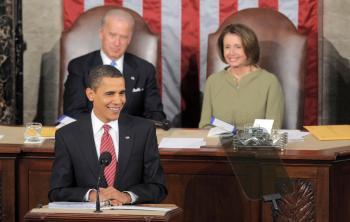Chinese authorities announced Tuesday they would be welcoming international tourism to Tibet, which has been all but completely inaccessible to foreign tourists and members of the press since violent protests broke out in March.
Where Have All the Monks Gone?
With the increased security, Lhasa’s monks seem to have thinned dramatically in numbers. Reports from the foreign media allowed into the capital suggest they have been almost absent from Lhasa’s streets, and few remain at the Buddhist monasteries.
|Updated:





